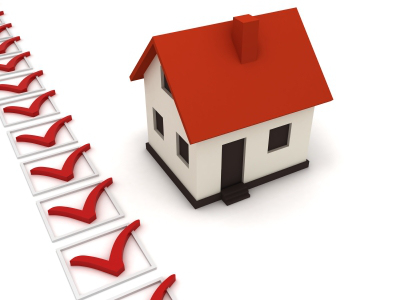In continuation with the previous blog on real estate terminology, this blog briefs you on the terms that will help you understand things better.
Encumbrance Certificate: A report issued by Registrar of Assurances or Sub-Registrar’s office after due verification of the relevant documents certifying that the property in question is free from all encumbrances such as mortgages, leases, easements or restrictions.
Efficiency ratio: Efficiency ratio is expressed as a share of carpet to super areas of the property.
Floor Space Index (FSI): Floor Space Index is the quotient of the ratio of the combined gross floor area of all floors excepting areas specifically exempted under these regulations to the total area of the plot.
Maintenance charges: These are charges taken by the maintenance society towards the maintenance of the property which includes costs of generator sets, security, landscaping, and common areas.
Market value: Valuation process evaluates the market value of the property. Demand and supply forces in the market and factors like type of property, quality and construction, its location, infrastructure and available maintenance are taken into consideration. Market value of the property is the price that the property commands in the open market.
Occupancy Certificate or OC: A certificate issued by the local development authority certifying that all necessary works have been completed as per the sanctioned plans and that the property is fit for occupation. The OC is issued after clearance from the water, electricity, sewerage, fire fighting authorities etc.
Registration charges: The fees associated with getting the legal title registered in your name. This legal process takes place in the sub-registrar’s office in your local court.
Super area: This is as a rule regards to the entire area of the building which includes carpet area, lobbies and corridors, walls, lifts, staircases, basements, and other atrium and utility areas.
Stamp duty: Real Estate Stamp duty is a type of tax accumulation by the Government of India. Stamp duty is established on the agreement value or on the market value whichever is greater.
Sale deed: Sale deed provides the buyer the absolute and undisputed ownership of the property. With this law, the seller transfers his right of property to the buyer. Subsequently, it is executed to the execution of the sale agreement and after compliance of various terms and conditions detailed in the agreement.
Title: The document that provides legal evidence that the person has the right to the possession of the land.

